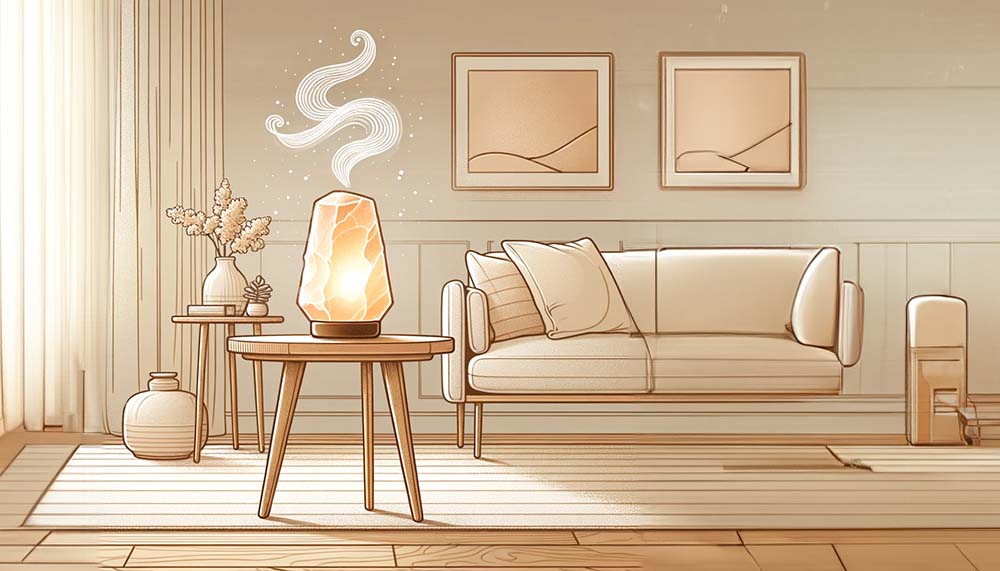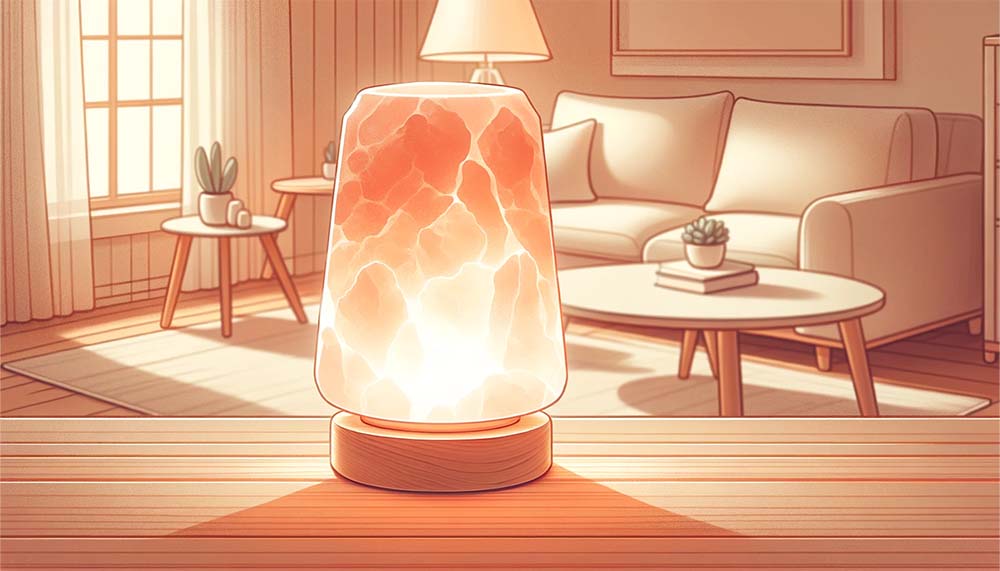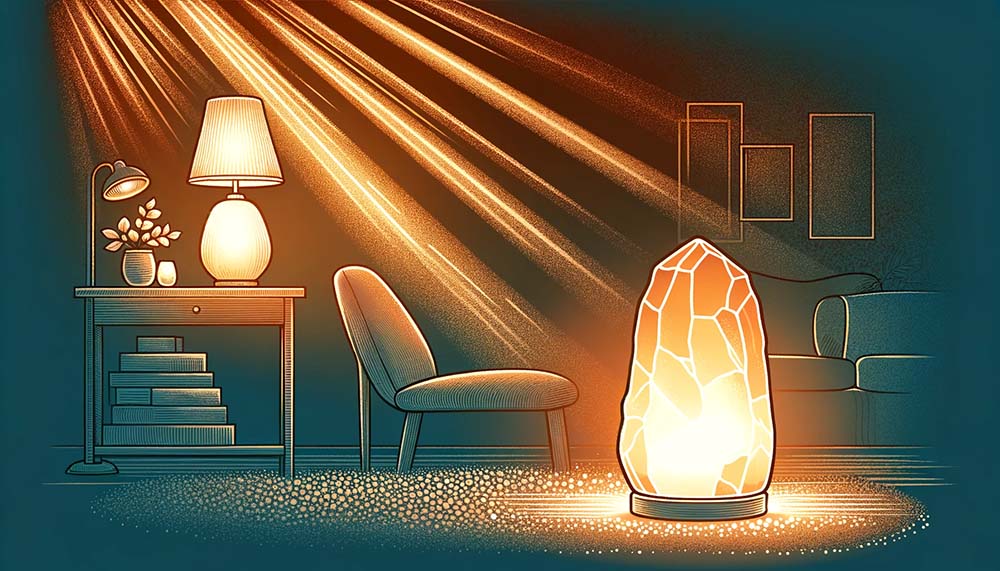Himalayan salt lamps have gained immense popularity in recent years due to their unique appearance and purported health benefits.
However, one common issue that owners of these lamps face is the tendency for the salt to “sweat” or leak water. This can be concerning and confusing for those who are not familiar with the properties of salt. The leaking is actually a natural occurrence caused by the hygroscopic nature of salt, which means it readily attracts and absorbs moisture from the surrounding air.
Salt is inherently absorbent, and this characteristic is what allows Himalayan salt lamps to interact with their environment. As the salt draws in water vapor from the air, it can accumulate on the surface of the lamp, giving it a wet or sweaty appearance. While this may seem like a defect, it is actually an indication that the lamp is working as intended.
Factors That Exacerbate Leaking
Several factors can contribute to the amount of moisture a salt lamp absorbs and how much it subsequently leaks:
- High humidity levels in the environment: More moisture in the air leads to greater absorption by the hygroscopic salt, causing more accumulation of water on the lamp’s surface. Leaking is more pronounced during humid seasons or climates.
- Location of the lamp in high-moisture rooms: Placing the salt lamp in naturally humid areas of the home like bathrooms, kitchens, laundry rooms or basements will cause it to draw in and “sweat” out more moisture.
- Proximity to direct water vapor sources: Keeping the lamp close to showers, kettles, humidifiers, and the like will lead to faster moisture buildup as the salt readily absorbs the evaporated water.
- Poor air circulation and ventilation: Lack of air flow allows humidity to build up around the lamp. With no air movement to aid evaporation, the salt will keep absorbing moisture from the stagnant air and get increasingly wet.
- Infrequent or inconsistent use: The heat from the light bulb helps evaporate absorbed moisture to keep the lamp dry. If not turned on regularly, the moisture doesn’t have a chance to dissipate and will keep accumulating, resulting in a constantly damp lamp.
The Benefits of Moisture Absorption
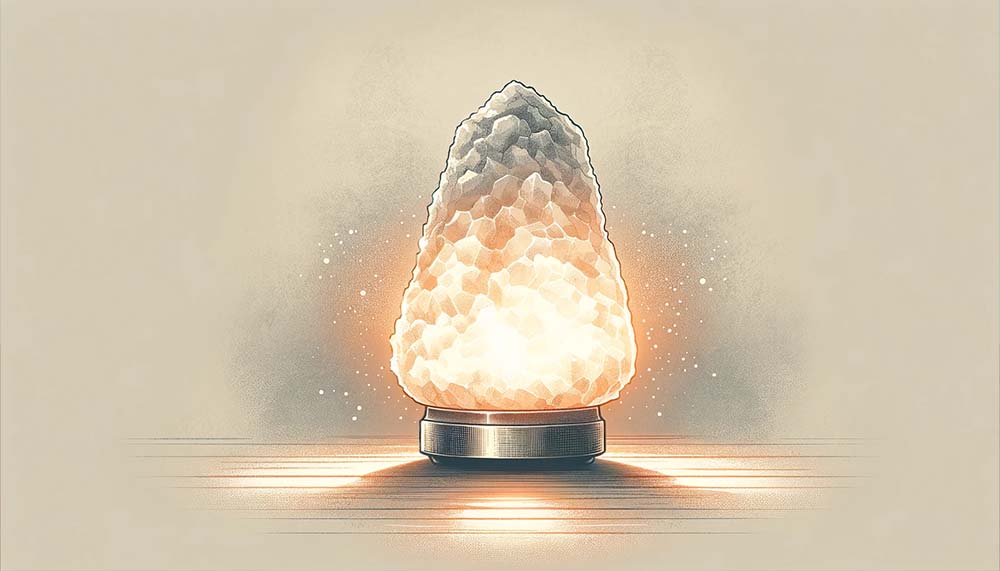
While excessive leaking can be problematic, it’s important to recognize that some moisture absorption is not only normal but also beneficial. The hygroscopic properties of Himalayan salt lamps allow them to act as natural air purifiers. As the lamp attracts water vapor, it also draws in airborne contaminants like dust, pollen, smoke particles, and other pollutants that can contribute to poor indoor air quality.
When the lamp is heated by the light bulb, the water evaporates back into the air, but the contaminants remain trapped in the salt. This process effectively removes these particles from the air, helping to create a cleaner and healthier environment. For those who suffer from allergies, asthma, or other respiratory issues, this air purifying effect can be particularly beneficial.
In this way, a small amount of sweating is a sign that the lamp is interacting with its environment and working to improve the air quality. The presence of some moisture on the surface of the lamp is a natural result of the hygroscopic properties that enable it to absorb excess humidity and airborne pollutants.
Dealing with Excessive Leaking
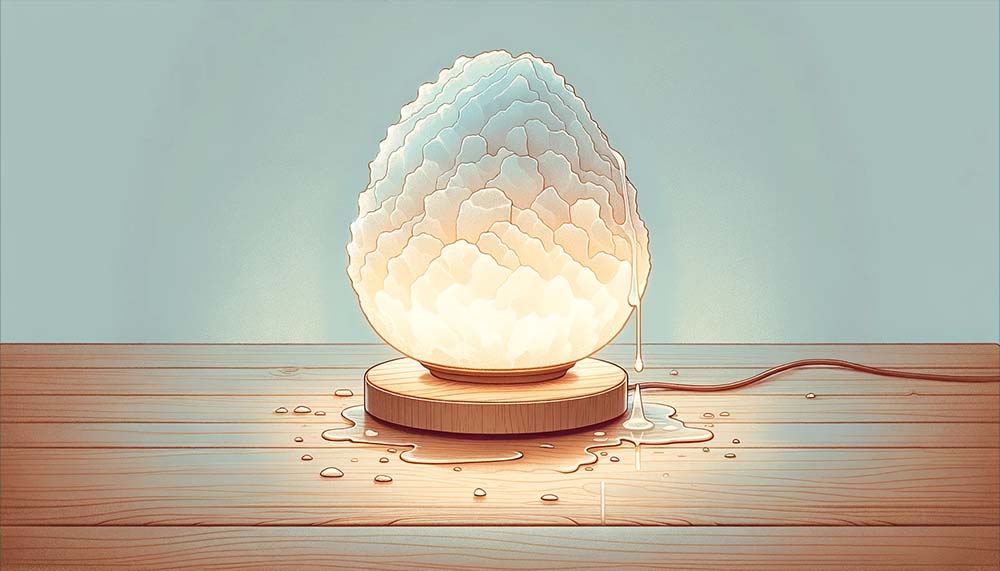
While some moisture absorption is normal and even desirable, excessive leaking can become a problem. If the lamp is constantly wet or dripping large amounts of water, it can damage the surface it sits on or even pose an electrical hazard if moisture gets into the light bulb socket or cord.
To minimize problematic leaking, there are several steps you can take. First, be mindful of where you place your salt lamp. Avoid putting it in rooms with high humidity or near direct sources of water vapor. Instead, opt for a location with good air circulation to help any absorbed moisture evaporate more readily.
Using the lamp regularly will also help keep it dry. Leaving the light on for several hours each day will warm the salt and allow any accumulated moisture to dissipate. If you live in a particularly humid climate, you may need to leave the lamp on for longer periods to counteract the increased moisture in the air.
It’s also a good idea to place your salt lamp on a protected, waterproof surface like a coaster, plate, or tray. This will catch any water that does leak from the lamp and prevent damage to your furniture. Wiping down the lamp periodically with a soft, dry cloth will remove any excess moisture and help prevent the buildup of water on the surface.
In extremely humid environments, running a dehumidifier in the room with your salt lamp can help control the overall moisture levels in the air, reducing the amount of water vapor available for the salt to absorb.
Final Thoughts
The tendency for Himalayan salt lamps to sweat or leak is a natural result of the hygroscopic properties of salt. While it may be initially concerning for owners, this moisture absorption is actually a sign that the lamp is interacting with its environment and working to purify the air.
By understanding the factors that contribute to leaking and taking steps to mitigate excessive moisture accumulation, you can enjoy the benefits and beauty of these unique lamps without worry. With proper placement, regular use, and a bit of maintenance, your Himalayan salt lamp will not only enhance your decor but also help to create a cleaner, healthier living space.


